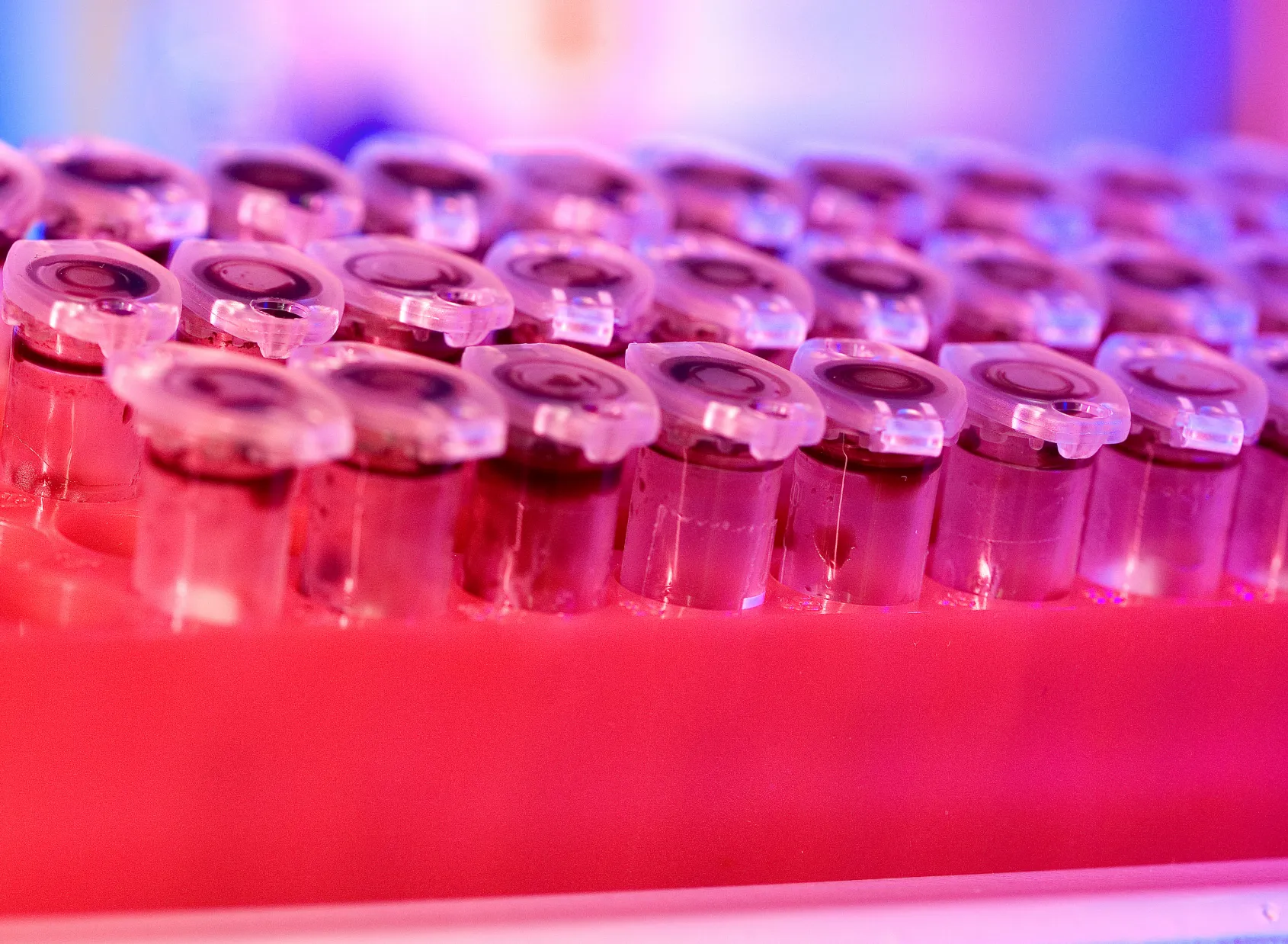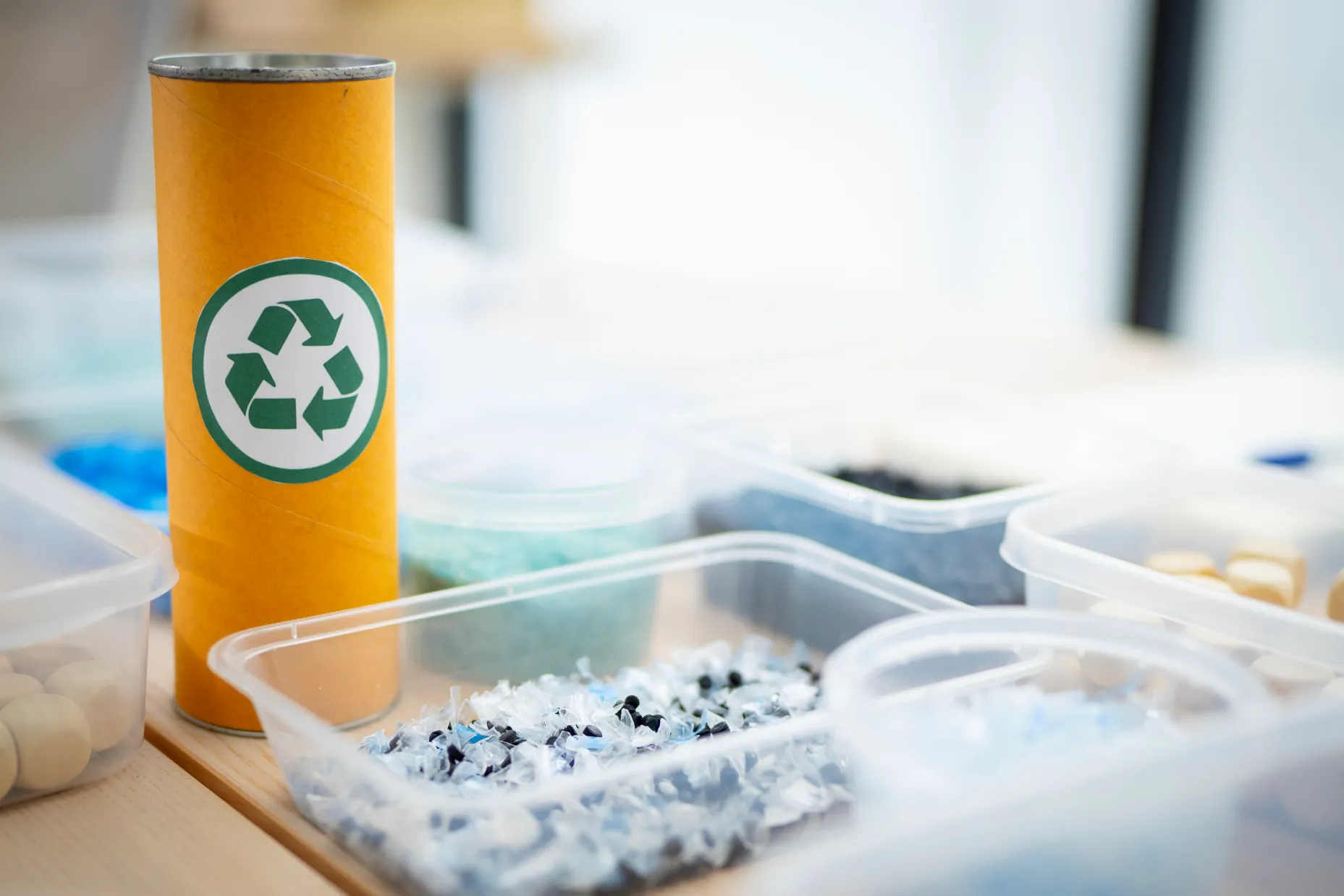
Laboratory Testing Consumables Market | Healthcare Diagnostics Growth 2024-2030
Automation-ready consumables fuel healthcare diagnostics market with 8.7% CAGR growth.

Executive Summary
The U.S. laboratory testing consumables market within the Life Sciences & Diagnostics vertical was valued at approximately USD 4.7 billion in 2024 and is projected to reach about USD 7.7 billion by 2030, reflecting a CAGR of ~8.7% over the 2024–2030 period.
Key Growth Drivers
- Rising R&D and biopharma investment
Continued growth in research activity and biopharmaceutical development is driving sustained demand for high-quality laboratory disposables. - Expansion of clinical diagnostics
Increasing testing volumes—particularly in molecular diagnostics—are boosting consumable throughput and usage across clinical labs. - Adoption of automation and sustainable materials
The shift toward automation-compatible consumables, along with growing interest in eco-friendly materials, is influencing procurement decisions and shaping new product development.
Overall Market Outlook
The outlook for the category remains strong and positive, supported by durable R&D spending, expanding diagnostic needs, and technology-driven gains in efficiency and throughput.
8.7%
CAGR (2024–2030)
$4.7 billion
Current Market Size (2025)
$7.7 billion
Projected Market Size (2030)

M&A and Investment Activity
Officinae Bio S.p.A. (DNA & RNA business)
Maravai LifeSciences, Inc.
2025
Maravai acquired Officinae Bio’s AI‑enabled mRNA design platform for its DNA/RNA business, thereby expanding its reagents & consumables offering into next‑generation nucleic acid therapies and accelerating the sequence‑optimization-to‑clinic pathway. This strengthens its consumables footprint in high-growth molecular testing / mRNA development.
KPL, Inc.
SeraCare Life Sciences
2025
SeraCare’s acquisition of KPL allowed it to deepen its diagnostics consumables business — KPL adds a portfolio of immunochemicals, reagents and kits (ELISA, Western blot, etc.). The move consolidates SeraCare’s position as a provider for diagnostic‑research consumables and helps broaden product range and cross‑sell into existing customer base.
Bio‑Rad Laboratories, Inc.
Stilla Technologies (binding offer)
2025
Bio‑Rad entered into a binding offer to acquire Stilla, which develops digital PCR instruments, consumables and assays. By acquiring Stilla, Bio‑Rad extends its consumables + assay portfolio into high‑growth molecular diagnostics (liquid biopsy, infectious disease, transplant) and strengthens the consumables link to its instruments business.
Jade Scientific
Genesee Scientific
2025
Genesee Scientific acquired Jade Scientific (a distributor of chemicals and consumables to clinical reference, pharma/biotech and environmental labs) to broaden its product portfolio, expand its customer reach and reinforce its position as a trusted provider of lab essentials. The deal supports Genesee’s strategy of combining value‑driven consumables with equipment and private label solutions in academic, biotech and diagnostic markets.
Typical Business Models
Several business models define how companies participate in the laboratory testing consumables market, each with different implications for margins, capex, and commercial requirements:
- Branded Reagent/Kit Manufacturer (Direct + Distributor)
Companies producing proprietary reagents or assay kits often benefit from higher gross margins, stronger pricing power, and differentiated IP. However, this model requires substantial R&D, regulatory investment, and ongoing product development. Capex is typically moderate, driven by manufacturing, validation, and quality infrastructure. - OEM / White-Label Supplier
OEM suppliers provide consumables to instrument manufacturers or large distributors. This model offers steady, predictable volume and lower commercial overhead, but comes with reduced pricing power and thinner margins. Capex is often contract-specific, especially when unique molds or tooling are required. - Distributor / Wholesaler Model
Distributors operate with low capex, an asset-light structure, and broad product coverage. However, margins tend to be low, reflecting wholesale spreads, and businesses often require higher working capital to manage inventory and customer credit. - Integrated Platform (Instrument + Consumables, Razor/Razor-Blade)
Integrated platform players combine instruments with proprietary consumables, creating recurring revenue, strong customer lock-in, and premium consumables margins. The trade-off is high upfront capex, longer development cycles, and extensive regulatory requirements for both hardware and assays.





Typical Margin Profile
Gross margins in the laboratory testing consumables market typically range from 50% to 65%. Margins can be higher (60%–75%) for proprietary reagents and kits, where intellectual property and assay specificity support premium pricing. In contrast, commoditized plasticware and general disposables often fall in the 30%–50% range due to higher competition and price sensitivity.
EBITDA margins show similar variation. Branded reagent and kit manufacturers operating at scale generally achieve 10% to 25% EBITDA margins. Smaller companies—or those with heavier commercial footprints—tend to operate at low-single-digit to mid-teen margins.
Key drivers of margin variance include:
- Product mix (proprietary reagents vs. commodity disposables)
- Pricing power, influenced by patented assays or bundled platform economics
- Manufacturing scale and utilization levels
- Channel mix (direct sales vs. distributors)
- Customer concentration, as large lab contracts can meaningfully improve margin efficiency





Investor Appetite
Investor appetite for the laboratory consumables sector is generally medium–high, supported by the attractiveness of recurring revenue streams, high gross margins, and platform or razor-blade business models that deliver predictable unit economics.
That said, enthusiasm is tempered by several factors, including regulatory risk, the ongoing need for R&D investment, and competitive pressures that can accelerate commoditization of disposable products.
From a financial perspective, capital intensity is typically moderate. Cash conversion tends to be strong for businesses focused primarily on consumables, but may be weaker for companies investing heavily in instrument deployments or broader market-development initiatives.





Capex Intensity
Capital expenditure (capex) intensity in the laboratory consumables sector varies based on a company’s level of integration and product scope.
Pure consumables manufacturers typically fall into the low–medium capex range. Their annual capex generally represents 1% to 5% of revenue, covering areas such as manufacturing plant and packaging upgrades, tooling amortization, and IT infrastructure.
In contrast, integrated platform players—those that produce consumables alongside cartridges, cartridge tooling, or co-developed instruments—tend to operate at medium capex intensity. Their capex often ranges from 3% to 8% of revenue, reflecting the added investment in tooling, automation, and capitalized development work, including assay validation and software.
Across the sector, major capex categories include:
- Production tooling and clean-room modifications
- Automated filling and packaging lines
- Quality and control lab equipment
- IT, ERP, and traceability systems
- Capitalized R&D, such as assay development and regulatory studies





Conclusion & Investment Implications
The U.S. Laboratory Testing Consumables market continues to demonstrate strong momentum, with a 2024 valuation of $4.7 billion and projected growth to $7.7 billion by 2030, reflecting a healthy 8.7% CAGR. This expansion is driven by three core factors:
- Rising R&D and biopharma investment, which is increasing demand for high-quality disposables
- Growing clinical diagnostics and testing volumes, particularly in molecular and high-throughput workflows
- Adoption of automation-ready consumables and eco-friendly materials, reshaping procurement and product development priorities
Regional innovation clusters—including Boston/Cambridge, the San Francisco Bay Area, San Diego, and the Research Triangle—continue to anchor market growth, while emerging activity in Midwest and Texas hubs broadens the landscape.
Although the sector faces potential risks such as raw material price volatility, supply-chain constraints, and regulatory complexity, these challenges are outweighed by durable R&D spending, expanding diagnostic demand, and technology-driven efficiency gains.
Overall, the Laboratory Testing Consumables sector offers a compelling investment opportunity. Its recurring demand profile, alignment with long-term healthcare trends, and ongoing innovation create sustainable competitive advantages across the broader life sciences ecosystem.




Expert Analysis
Subscribe for Exclusive Industry Reports
Thank you! Your submission has been received!
Oops! Something went wrong while submitting the form.